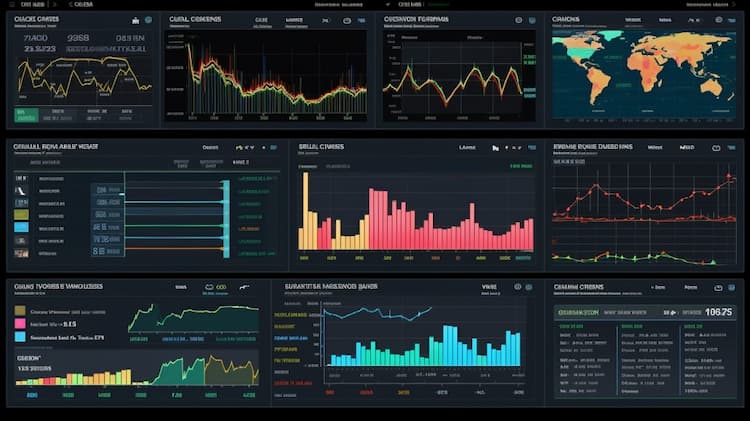
MUB VS AGG
Exchange-Traded Funds (ETFs) have become increasingly popular among investors, providing a simple and cost-effective way to gain exposure to various sectors of the bond market. In this article, we will conduct a thorough comparison between two prominent ETFs: MUB (iShares National Muni Bond ETF) and AGG (iShares Core U.S. Aggregate Bond ETF). We will delve into the ETF tickers, full names, issuers, sectors, top holdings, capitalization, investment strategy, tracking methods, and exposure to help you make informed investment decisions.
MUB VS AGG: Overview
MUB and AGG are both bond ETFs, but they serve different purposes in the fixed-income market. MUB focuses on municipal bonds issued by state and local governments, offering tax advantages for certain investors. AGG, on the other hand, aims to track the performance of a broad range of U.S. investment-grade bonds, including government, corporate, and mortgage-backed securities. Understanding these distinctions is crucial when considering your investment objectives and tax implications.
MUB VS AGG: Sectors and Top Holdings
When it comes to sectors, MUB is primarily concentrated in municipal bonds, which are categorized by their geographic location and credit quality. AGG, on the other hand, provides exposure to various sectors within the U.S. bond market, including government agencies, corporates, and mortgage-backed securities. Examining the sectors and top holdings can help you determine which ETF aligns better with your risk tolerance and income goals.
 MUB overlap MUB VS AGG
MUB overlap MUB VS AGG
MUB VS AGG: Capitalization and Investment Strategy
MUB boasts a substantial Asset Under Management (AUM), reflecting its popularity among investors seeking tax-efficient income from municipal bonds. AGG, with its broader focus on the U.S. aggregate bond market, also commands a significant AUM. The difference in capitalization and investment strategy between these ETFs translates into varying risk-return profiles. It's essential to evaluate these factors in the context of your overall portfolio and financial goals.
MUB VS AGG: Tracking Methods and Exposure
MUB's objective is to provide investors with exposure to municipal bonds by tracking a relevant index. The ETF holds a diversified portfolio of bonds issued by various states and municipalities. AGG, on the other hand, aims to replicate the performance of the Bloomberg Barclays U.S. Aggregate Bond Index, which includes a broader spectrum of bonds. Understanding how these ETFs track their respective indices and the resulting exposure can guide your choice based on your specific investment preferences.
Conclusion
MUB and AGG are distinct ETFs, each catering to different niches within the bond market. To gain deeper insights into their holdings, correlations, overlaps, and other critical aspects, consider utilizing ETF Insider, an invaluable tool for exploring financial instruments. With its user-friendly app, ETF Insider provides extensive information to help you make well-informed investment decisions.
Disclaimer: This article does not provide any investment advisory services.
MUB ETF issuer
MUB ETF official page
AGG quote and analysis
Discover the top holdings, correlations, and overlaps of ETFs using our visualization tool.
Our app allows you to build and track your portfolio.
To learn more about the AGG iShares Core U.S. Aggregate Bond ETF, access our dedicated page now.




















